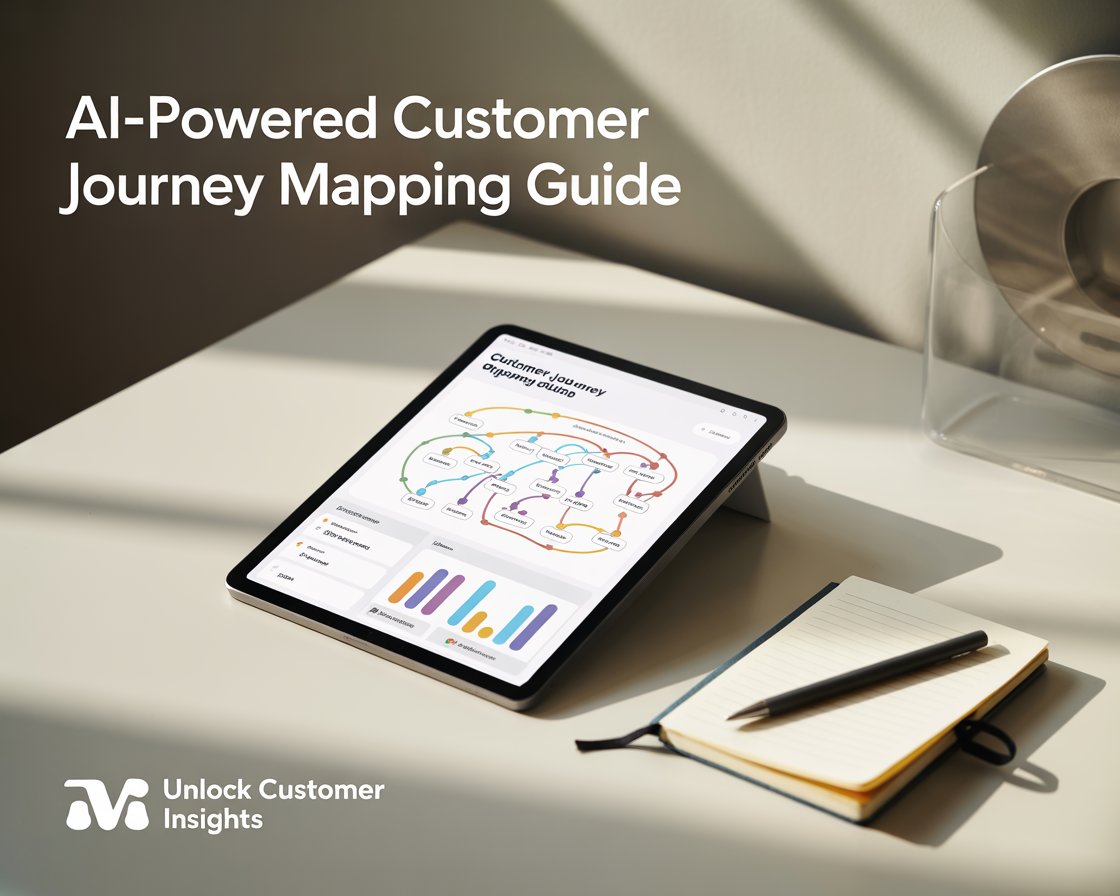Mapping the customer journey has moved beyond basic flowcharts.
With artificial intelligence (AI), marketers can now capture, analyze, and visualize every interaction across channels to build data‑driven experiences that convert.
Instead of forcing keywords as headings, this article explains how AI fits naturally into each step of the process.
What is AI Customer Journey Mapping?
AI customer journey mapping is the process of using artificial intelligence to automatically collect, analyze, and visualize every step a customer takes when interacting with your brand.
Instead of manually guessing stages or drawing static diagrams, AI tools pull data from multiple touchpoints (website, app, CRM, social, support), detect patterns, and segment behaviours. They can also predict next steps, highlight friction points, and update the map in real time.
This gives businesses a living, data-driven view of the customer experience so they can design more relevant campaigns, improve retention, and proactively address issues rather than reacting after the fact.
What AI Brings to Customer Journey Mapping?
Artificial intelligence automates the collection and analysis of data from websites, apps, email campaigns, social media, and offline channels.
This removes guesswork and manual plotting. AI for customer journey mapping tools identifies pain points, predicts next actions, and suggests improvements, all in real time.
Businesses using AI customer journey mapping benefit from a living, evolving view of their funnel instead of a static diagram. This enables personalization, efficient budget allocation, and higher ROI.
Examples of AI in Customer Journey Mapping
Take an online retailer: a visitor clicks a Facebook ad, browses multiple products, abandons a cart, and later opens an email.
AI tracks these events, assigns a probability of purchase, and triggers a personalized discount automatically. This is a clear AI for customer journey mapping example showing how predictions turn into actions.
Starting with Free or Low‑Cost Options
Marketers can experiment with AI for customer journey mapping with free plans to understand its potential.
These free customer journey map creator tools combine drag‑and‑drop editors with predictive analytics, offering a low‑risk way to experience AI insights before investing in enterprise platforms.
Customer journey map generator AI software automatically produces up‑to‑date visuals from live data streams, saving hours of manual work.
This type of AI customer journey platform is particularly valuable for small teams seeking real‑time insights without coding skills.
Benefits at a Glance
- Unified data across all touchpoints.
- Predictive insights into next actions and churn risks.
- Personalized messages based on behavior, not assumptions.
- Efficiency through automation.
- Continuous updates as new data arrives.
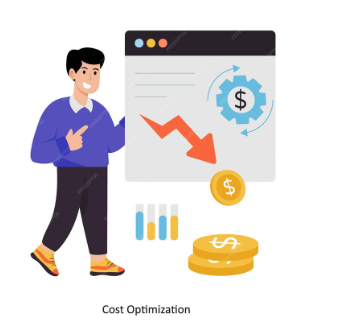
How to Create a Customer Journey Map With AI?
Here’s a detailed step-by-step guide you can adapt for an article or a training module on creating a customer journey map with AI:
1. Define Your Objectives
Before using any tool, clarify what you want to achieve with your customer journey map: improving conversions, reducing churn, or enhancing onboarding.
This goal tells AI what data points to prioritize.
2. Collect and Integrate Data
AI works best when it has clean, unified data. Pull customer touchpoint data from CRM, website analytics, email campaigns, social channels, support tickets, and even offline interactions.
Many customer journey map generators with AI have built-in connectors to merge these automatically.
3. Segment Your Audience With AI
Use AI-driven clustering or predictive models to automatically segment customers by behavior, demographics, or purchase stage.
This replaces manual spreadsheet grouping and reveals hidden patterns.
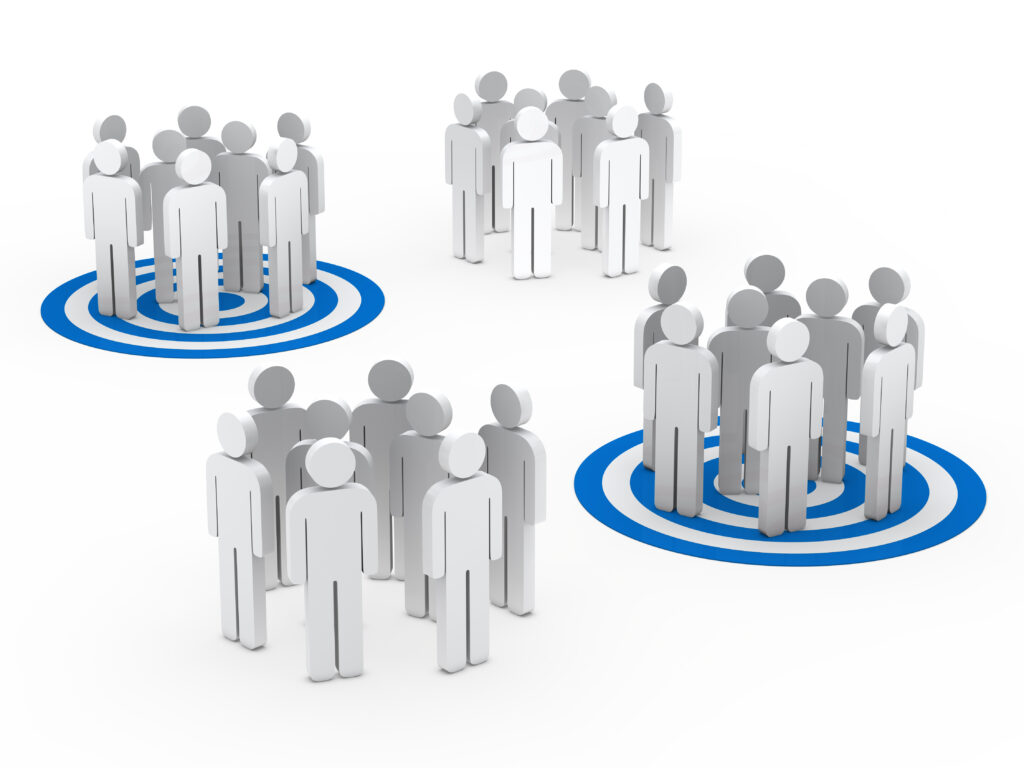
4. Identify Key Touchpoints
Feed the AI tool your funnel data so it can identify where customers first interact with your brand, how they move between channels, and where they drop off.
This gives a data-backed outline of your journey map.
5. Visualise the Journey
Good customer journey map creators with free tools and paid versions let AI generate a visual diagram from your input. These diagrams show stages, emotions, pain points, and opportunities across the lifecycle. Some tools even predict future paths based on historical data.
6. Add Context: Emotions and Pain Points
AI sentiment analysis can automatically assign emotion scores or pain points to each touchpoint by scanning reviews, surveys, or chat logs.
This adds depth to your map instead of just clicks and conversions.
7. Test and Simulate
Some advanced tools let you run “what-if” simulations, changing an offer, timing, or channel, and see predicted outcomes. This is where AI customer journey mapping really stands out compared to static maps.
8. Iterate and Update Automatically
Unlike static maps, AI can refresh your journey map in real time as new data flows in. Schedule automatic updates so your map reflects current behavior without manual rebuilding.
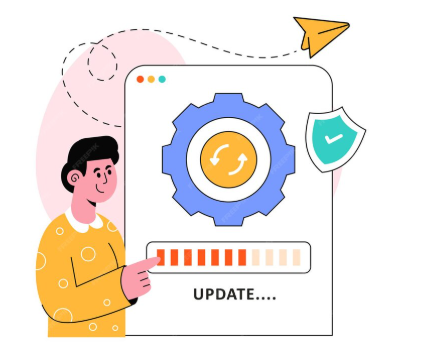
9. Recommended Tools
Here are a few customer journey mapping tools with strong AI features:
- Smaply AI: Turns imported customer data into dynamic journey maps with persona insights and stakeholder sharing.
- UXPressia: AI-assisted persona and journey creation, with integrations to CRM/analytics.
- Hevo Journey Analytics: Data pipeline plus predictive journey mapping for omnichannel touchpoints.
- Freshworks Customer Journey Builder: Automates stage mapping and triggers personalized actions.
- Gliffy + GPT Plug-in: Simple diagramming with AI suggestions for touchpoints and stages (good free starter).
Each offers free trials or limited versions so you can experiment before paying.
10. Example Workflow
- Export CRM and web analytics data.
- Import into an AI-powered journey map generator.
- Let the tool cluster customers and create the first draft.
- Review the suggested journey, adjust stages, and add custom notes.
- Publish and share with your marketing and product teams.
11. Best Practices
- Start simple and expand; don’t overload the AI with unnecessary data.
- Keep humans in the loop to validate AI-generated stages.
- Combine qualitative feedback (calls, surveys) with quantitative data for richer maps.
- Use updates to test campaign changes in near-real time.
Customer Journey Mapping Tools with AI
When you are ready for full‑scale implementation, consider these customer journey mapping tools that incorporate AI.
Each combines mapping, analytics, and visualization to help marketers act on insights:
Microsoft Clarity + Power BI
Microsoft Clarity is a free behavioural analytics tool that helps you see how visitors use your website. When combined with Power BI, you can turn that raw data into interactive dashboards and segment customer journeys across channels.
Key Features:
Free session recordings, click & scroll heatmaps, AI-powered frustration/anomaly detection, seamless Power BI integration.
Pricing:
Clarity is free. Power BI Desktop is free; Pro plan costs about $10/user/month and Premium starts at $20/user/month for larger-scale dashboards.
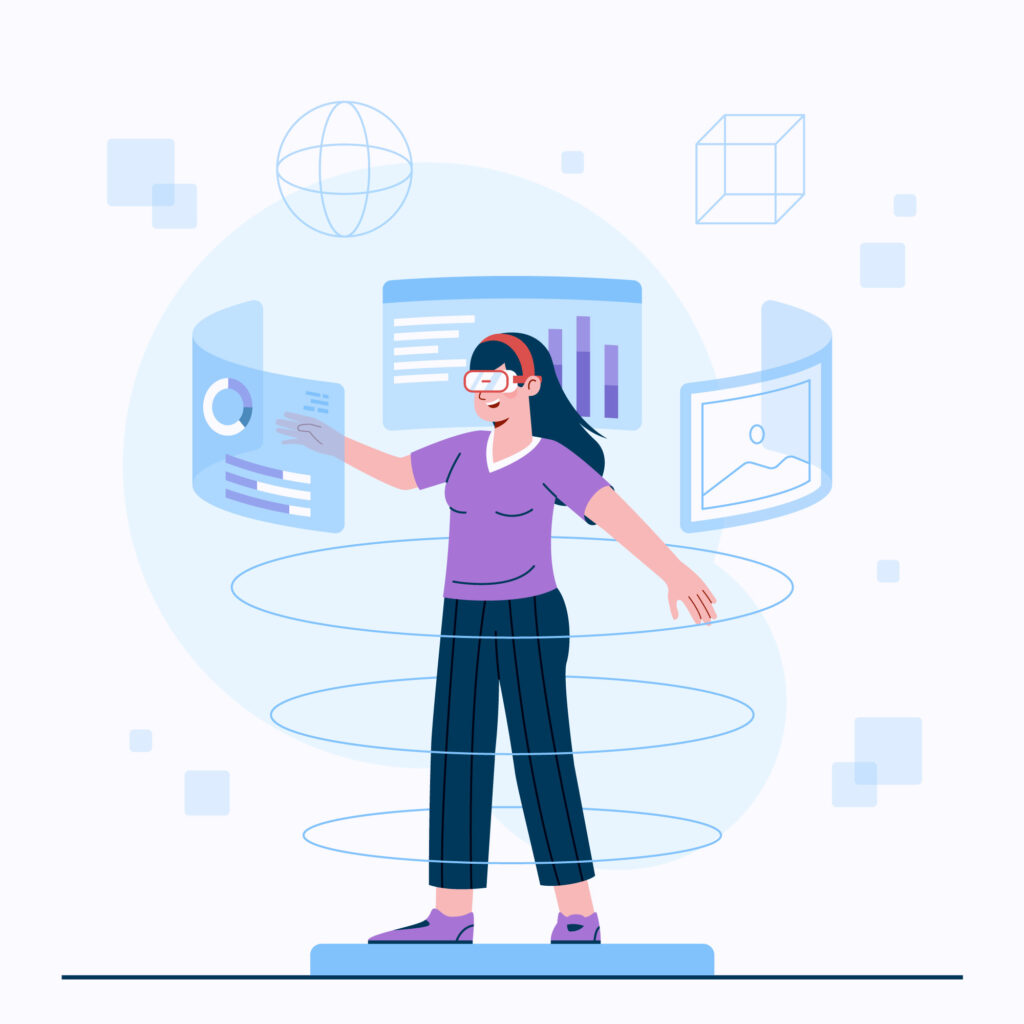
Heap
Heap is a product analytics platform built to automatically capture every user interaction without manual event tagging. It uses AI to highlight friction points in funnels and support retroactive analysis.
Key Features:
Auto-capture of all events, AI conversion-drop detection, retroactive event editing, and journey segmentation.
Pricing:
Free plan with limited sessions/month. Growth plan from ~$3,600/year. Enterprise pricing on request.
Woopra
Woopra is a real-time customer journey analytics platform that unifies CRM, support, email, and marketing data into one view. It helps teams understand how segments travel through funnels and trigger personalised actions instantly.
Key Features:
Unified profiles, AI-built paths, funnel analytics, real-time triggers.
Pricing:
Free Core plan up to 500K actions/month; Pro plan $999/month; Enterprise custom.
Smaply
Smaply is a dedicated customer journey mapping tool designed for teams. It offers AI-enhanced journey map generation plus collaborative persona, storyboard, and touchpoint design.
Key Features:
AI journey map generation, stakeholder collaboration, layered scenario views, automated updates.
Pricing:
Free trial available; paid plans start around €39/user/month, scaling with team size.
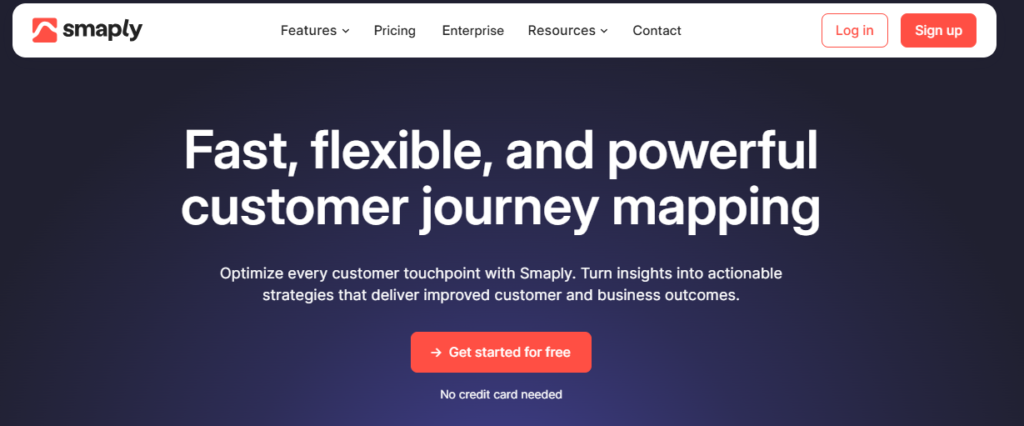
Qualtrics CustomerXM
Qualtrics CustomerXM is an enterprise-level platform for experience management. It uses AI text analytics and predictive modeling to connect customer feedback with operational data and map journeys across channels.
Key Features:
AI-driven text analytics, predictive modelling, omnichannel journey mapping, and advanced dashboards.
Pricing:
Custom quotes only. Typical mid-size packages start in the low five-figure USD per year range.
Combining Predictive Analytics With Journey Mapping
Predictive analytics takes customer journey mapping beyond a simple record of past interactions.
By analyzing historical behavior, purchase patterns, and engagement signals, AI can anticipate what customers are likely to do next.
This lets marketers and product teams intervene proactively rather than reactively. For example, if predictive models show that a segment is about to churn, you can deploy personalized offers or support before they leave.
Combined with journey mapping, predictive analytics helps you test “what-if” scenarios and model how customers might react to changes in pricing, content, or timing.
The result is a living roadmap that guides future actions rather than a static diagram of past behavior.

Why Traditional Customer Journey Maps Fall Short
Traditional customer journey maps are often built manually from surveys and assumptions, making them static snapshots of what used to happen.
They rarely reflect real-time shifts in behavior, channels, or sentiment. In fast-moving markets, this means decisions are based on outdated information.
AI-powered, real-time mapping solves this by constantly ingesting fresh data from multiple touchpoints and updating the map automatically. Marketers can see drop-offs, spikes in engagement, or new journeys as they emerge, not months later.
This difference between static and dynamic mapping transforms the map from a documentation exercise into an active decision-making tool.
Data Sources You Should Feed Into an AI Journey Map
The quality of an AI-driven customer journey map depends on the richness of its data. Consider pulling from:
Core sources: CRM records, website analytics, email engagement, and purchase histories.
Behavioral data: heatmaps, session recordings, or in-app analytics to reveal how users interact with your assets.
Qualitative insights: call transcripts, chat logs, support tickets, and survey responses to capture pain points and emotions.
External signals: social listening data, ad platform metrics, and loyalty program details to refine segments.
The more complete and connected these inputs are, the more accurate and actionable your AI-generated journey map becomes.
Integrating AI Journey Mapping with Other Marketing Channels
AI journey maps become far more valuable when connected to advertising platforms, email automation, and CRM systems.
This integration allows campaigns to adjust dynamically as customers shift stages. For example, ads can automatically stop showing to someone who just converted, or emails can adapt tone based on predicted sentiment.
Overcoming Common Challenges in AI Journey Mapping
Although AI tools reduce manual effort, they require clean data and thoughtful implementation to achieve their full potential.
Businesses should plan data governance, privacy compliance, and staff training to ensure AI insights are accurate and actionable. Starting small with a pilot project can mitigate risks and show quick wins.
Future Trends in AI for Customer Journey Mapping
Expect AI systems to move from descriptive and predictive analytics toward prescriptive actions. Future platforms may not just tell marketers what’s happening but automatically test and deploy the best response.
Combined with real‑time personalization, this will make customer experiences feel seamless across all touchpoints.
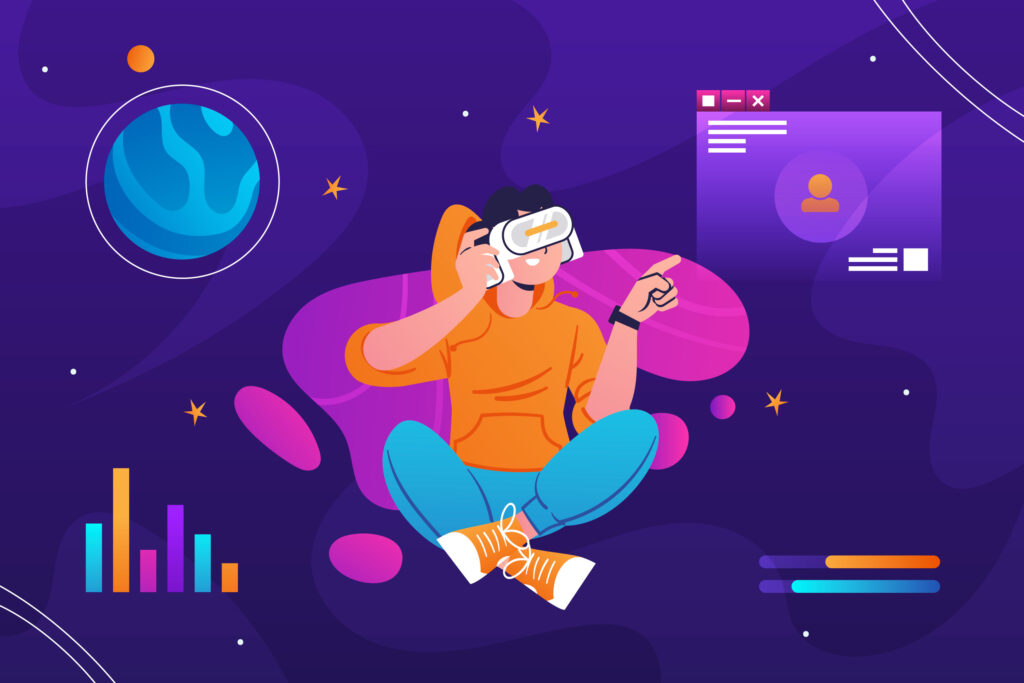
How to Move Forward?
Start with a tool that matches your data sources and budget. Test a free version, validate insights, and then scale.
With the right approach, AI for customer journey mapping can naturally integrate into your marketing workflow, improve every stage of your audience’s experience, and drive more profitable actions without forcing keywords into your content.
Transform Insights Into Action with Brandout Adv
Looking to put AI-powered customer journey mapping into action? Brandout Adv specializes in turning insights into results.
Our team blends advanced analytics with practical digital marketing strategies to help you attract, convert, and retain customers more effectively.
If you are ready to see how data-driven journeys can transform your campaigns, contact Brandout Adv today.

